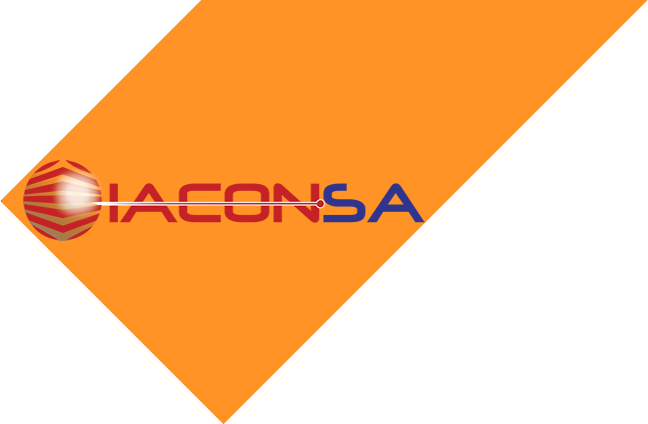The Faith & Finances curriculum makes no presumptions in regards to the monetary literacy of individuals.
Subject Material Covered
Extremely subjects that are basic managed, including exactly just what banking institutions are for and exactly how cost savings reports work. Topics are dealt with this middle income curricula have a tendency to ignore, such as why utilizing payday loan providers is dangerous, why always check cashing establishments run you more to make use of, why rent-to-own shops aren’t discounted prices. Very fundamental info is presented about monitoring expenses and earnings, types of insurance coverage, the part of credit and credit history (Each participant gets a credit check.), and individuals hold each other accountable to your procedure. First and foremost, the connection between biblical values and monetary choices is probed, and a big length of time is used on the bond between money and relationships, working with the numerous heart-level problems that take place in families regarding their funds. Biblical input is woven throughout. The course celebrates victories and freely covers challenges.
The Pedagogy/Andragogy
In place of playing lectures or viewing videos, attendees be involved in this course via skits, role performs, games, little team talks and entire team discussion. Training is completed by facilitators who will be deliberately interactive. Tale and narrative are woven throughout. Chalmers calls this design kinetic learning, which can be constructed on a foundation of adult learning theory, and acknowledges a far more oral/auditory/participatory learning type of numerous inner-city residents.
Course Results
Within the several weeks to be with couples and individuals, hearing their situations and tales, reviewing their credit file, walking through home spending plans, paying attention for their challenges, a sobering image begun to emerge of individuals disconnected from basic monetary information and greatest techniques. In a few full situations participants’ identities had been taken and so they failed to understand it. Other people had been enslaved to payday lenders and could break free n’t. Other people had hills of financial obligation with no solution. But midway through each course, the teachers begun to see breakthroughs. One girl brought in her written verification that she had paid down certainly one of her payday advances and publicly vowed that she would not utilize them once more. Another confirmed that she had paid down all her bank cards. Another revealed the course her extremely savings that are first from the bank. Numerous others told tales for the liberating conversations and choices taking place around cash within their houses.16 Because of the end of every program it had been clear that the curriculum and procedure had been making a positive change.
The information growing through the first couple of cohorts wasn’t astonishing into the facilitating group. For instance, entry studies demonstrated that while just 55 % associated with individuals in 1st two cohorts had been working from a spending plan ahead of the program. Following the summary for the program, 78 % had created a spending plan and investing plan, 89 % had been monitoring their earnings and costs. Possibly moreover, 82 per cent had been now speaking with regards to ones that are loved cash and just how it impacts their relationships.
Based on the presssing dilemma of economic margin within their everyday lives, ahead of the program, just 29 % of individuals had almost any an crisis fund over $99. Following the summary for the program 67 % said that they had developed and had been earnestly increasing a crisis investment.
It had been clear to trainers that individuals had been that great development of hope regarding their monetary circumstances as an outcome associated with the training. Before the program only 40 per cent of participants reported being positive about their funds. Following the program 86 % reported being positive about their funds, according to perhaps maybe not just brand new information, but on real choices and methods that were used.
One unanticipated consequence of just how well these cohorts went, after examining the evaluations, The Chalmers Center declared that the CCTs Fresno courses had become a “best training model for the country.”17 They afterwards made Fresno their West Coast hub for Faith and Finances Certification. This permitted the CCT to pursue the aim of placing a F&F program in or near Fresno’s extreme poverty areas. We shall discus this during the final end with this paper.




Deja un comentario